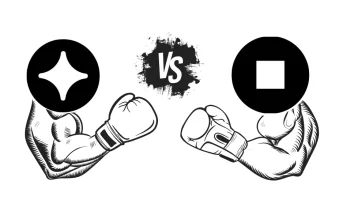TL;DR (see 3 questions at end)
OK, so another post on brake vibration is likely that last thing anybody want to read... but after spending a couple hours re-reading the pages of this (and other) threads, I have a few questions.
Background is that at about 12,000 miles I started to feel the vibrations in pedal and steering wheel. Had gotten worse as the miles went on (now at 35,000 miles), Yes, I should have had this addressed earlier. Life got in the way. I have a 15 mile mostly freeway commute without a lot of stop and go -- so the brakes do not get heavy use. In fact I believe that maybe this is part of the problem... more aggressive driving may have kept these deposits at bay. I would like a reasonably well performing pad, but do not track the car and do not need ultimate performance.
I went to the dealership, but they were unwilling to help (said brakes were on a 10,000 warranty). I decided to live with them for a while as it is only evident when stopping from 40-70 (or so) mph and harder stops do not vibrate.
But now I would like to get this fixed. I plan to have the rotors machined and put on new pads. But I am partial to the low dust of the ceramic pads ('22 model with 20 spoke wheels are a pain to clean).
I have read a lot of posts by people who changed to this pad or that rotor, etc. and it was 'great' after 5,000 miles... but there is little information from members after changing their setup after 20,000 miles or more.
Questions:
1) for those who had vibrations and changed their setups and have put on over 20,000 miles are you still happy?
2) Are all ceramic pads a problem - or just the KIA ones put on these cars? I have read that some other brands had the vibrations return (maybe less though). Are there any that have worked without deposits recurring after many miles?
3) if there are no ceramic pads that completely solve this, what are the lowest dust semi-metallic pads that have reasonable/but not over the top (street) performance?
Sorry for the long post, but would love your thoughts. Thx.





